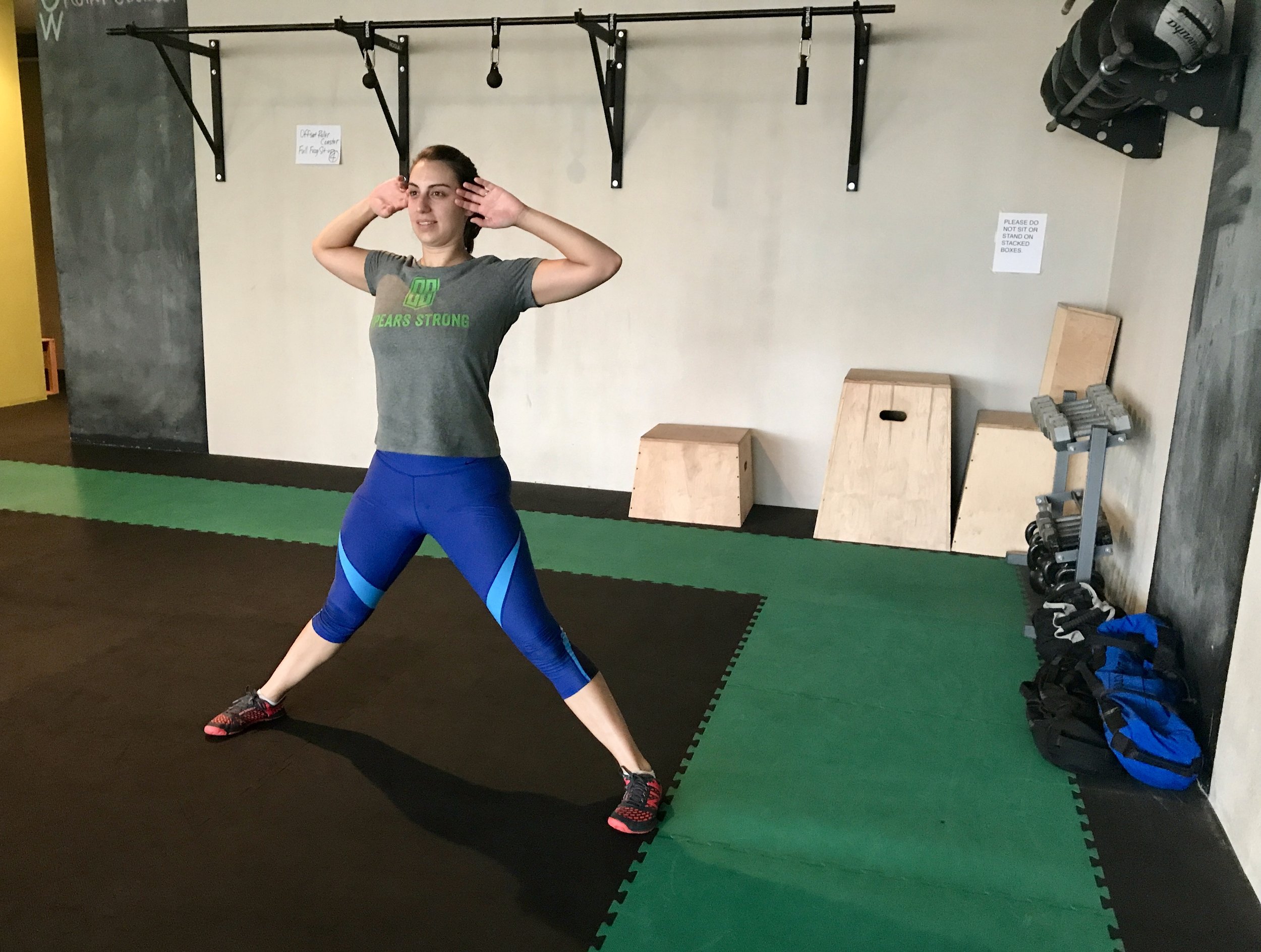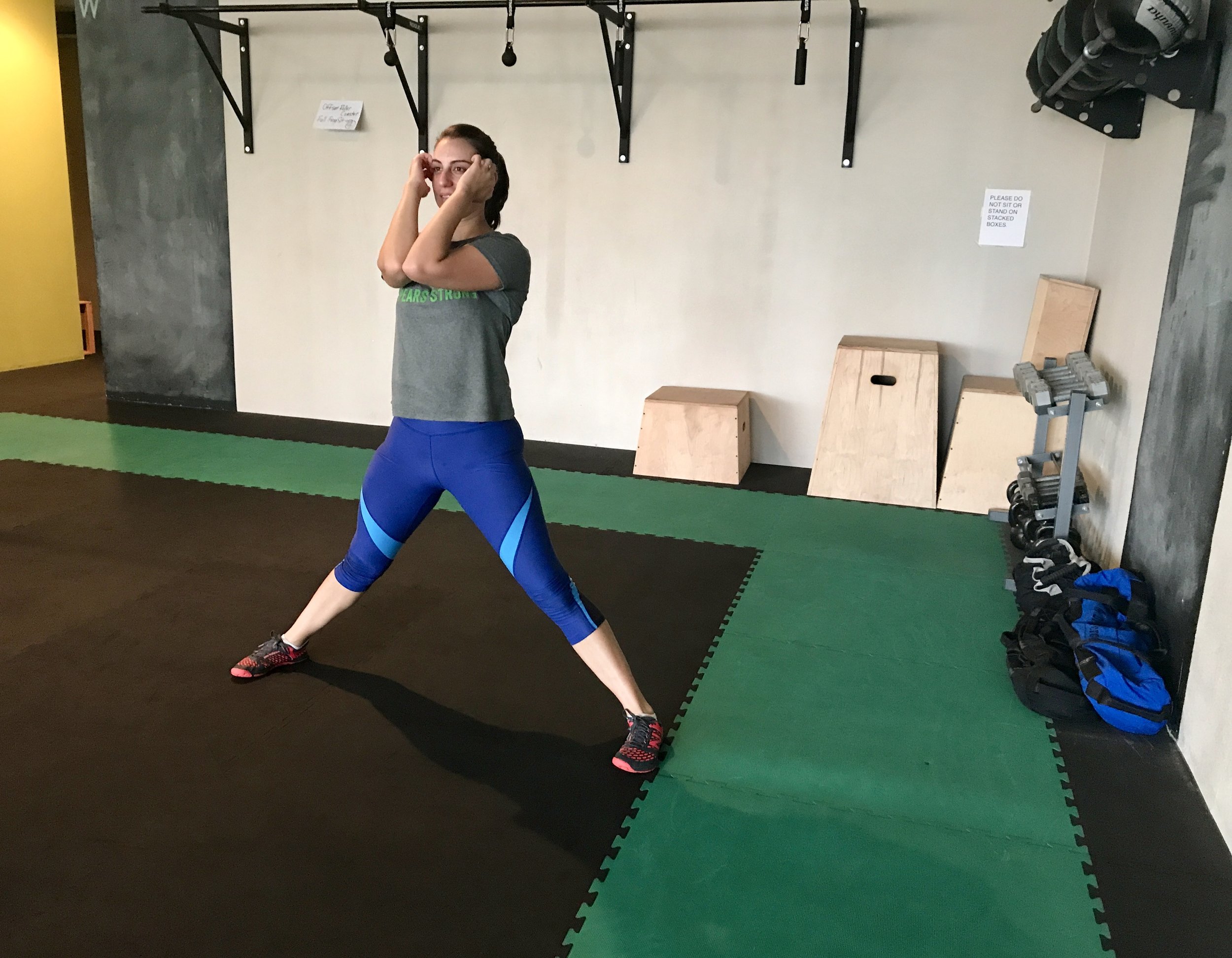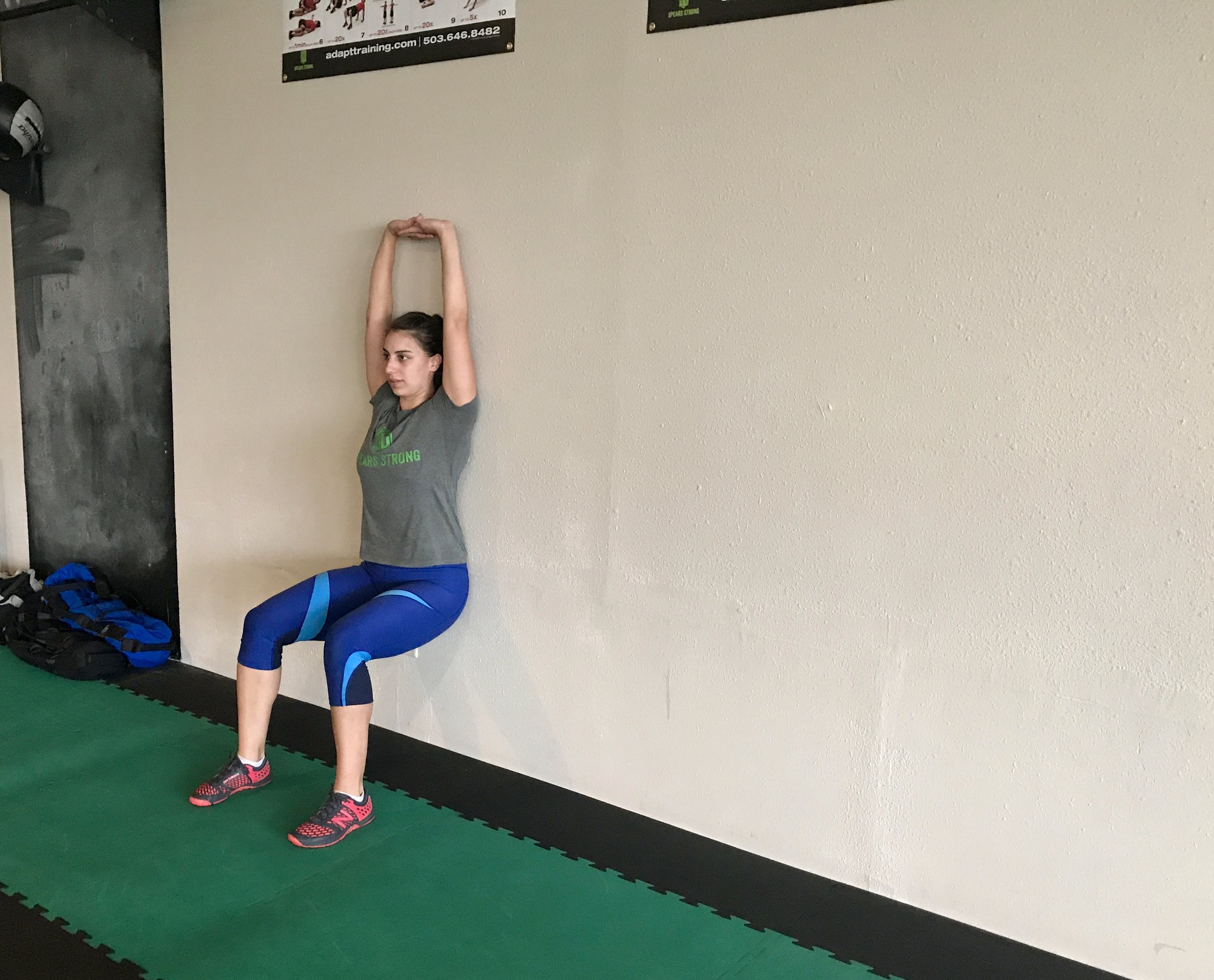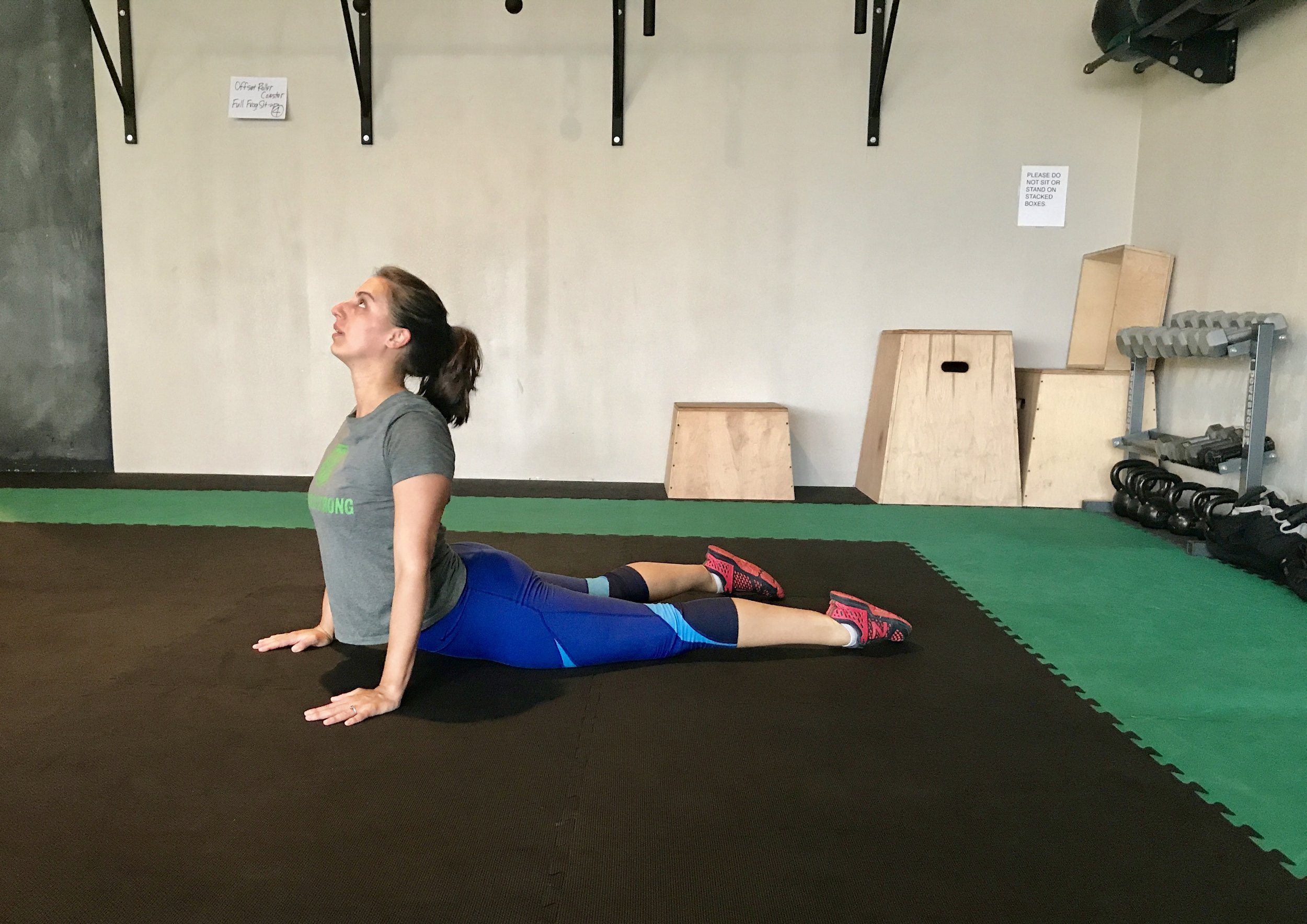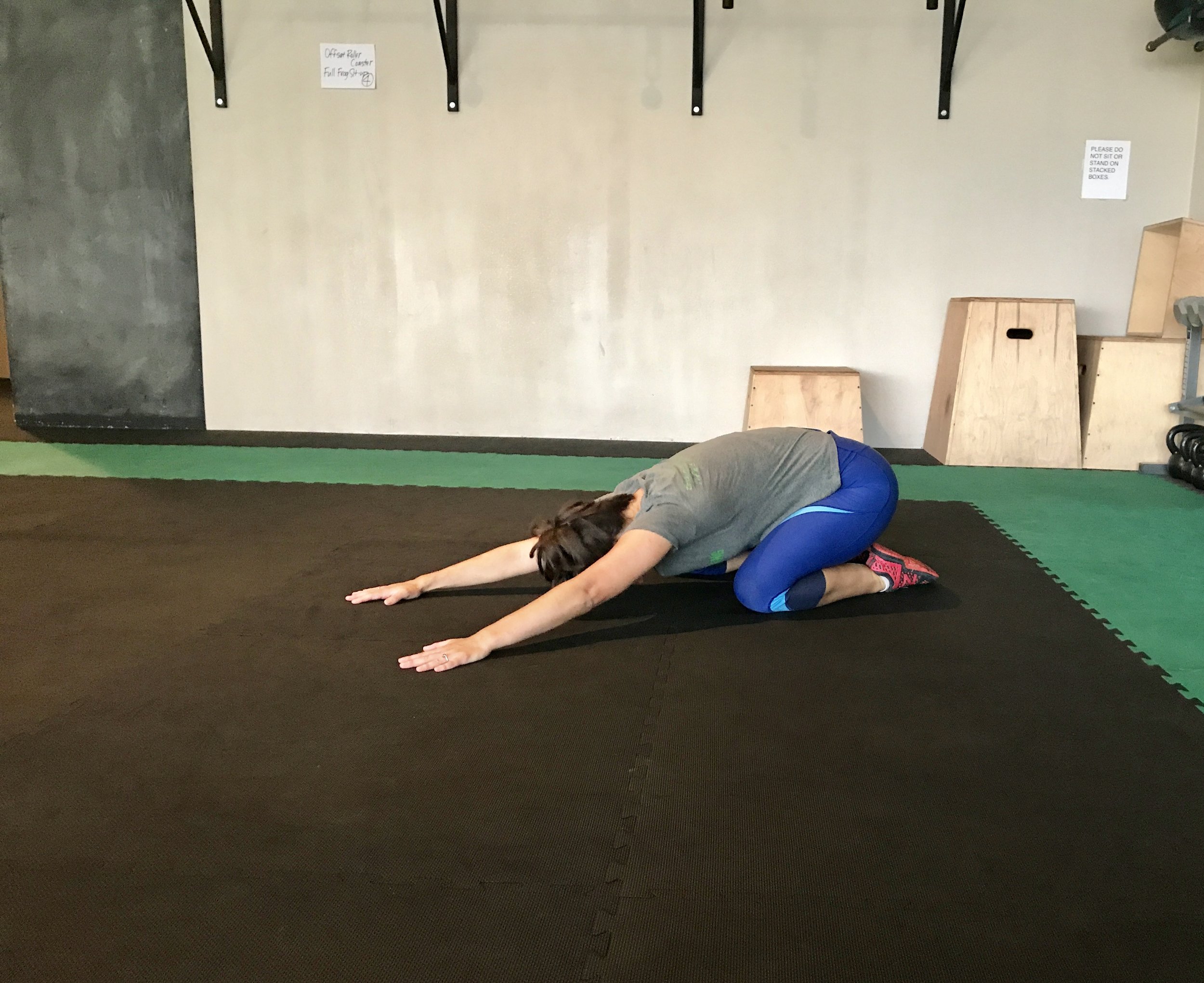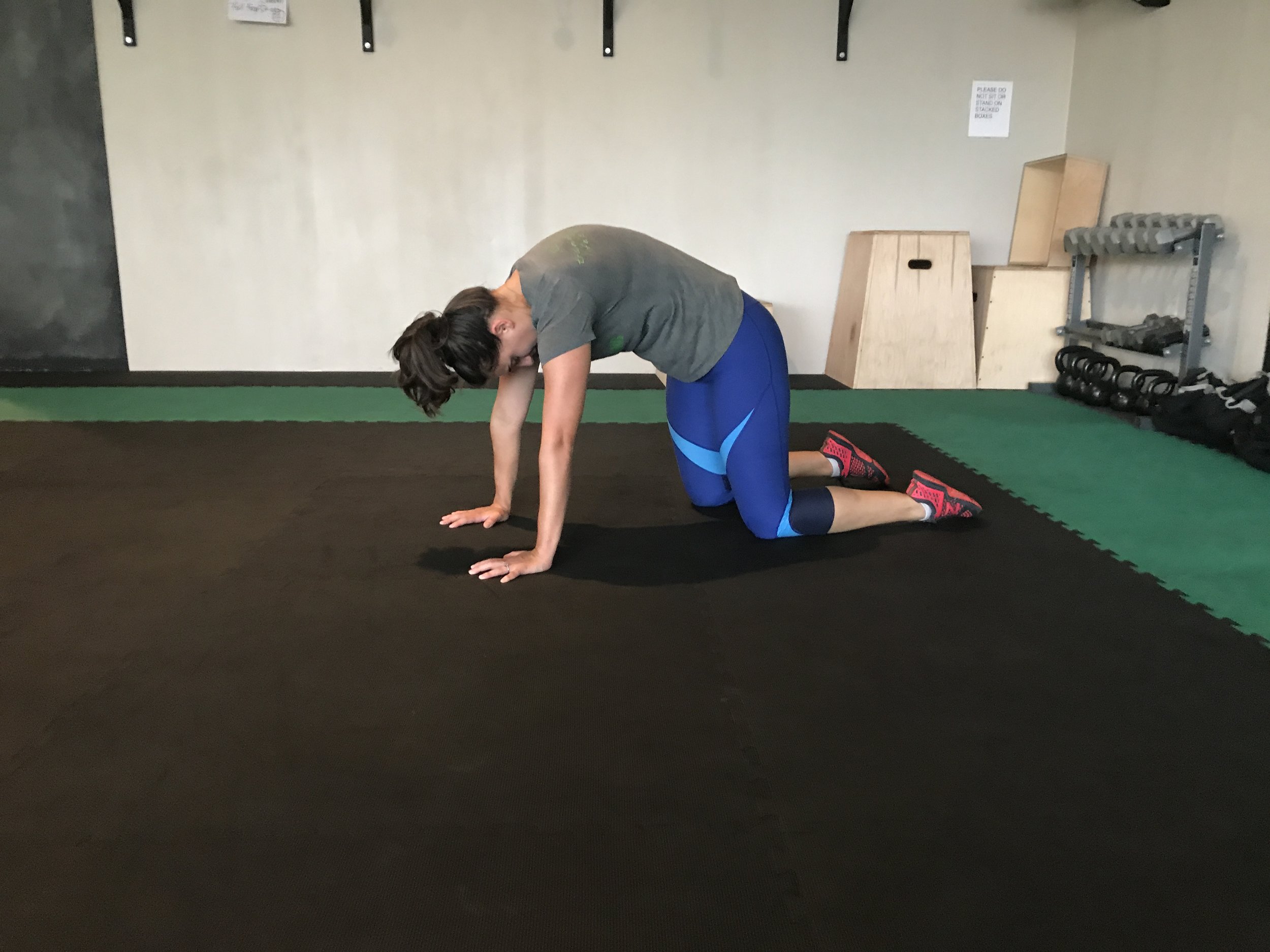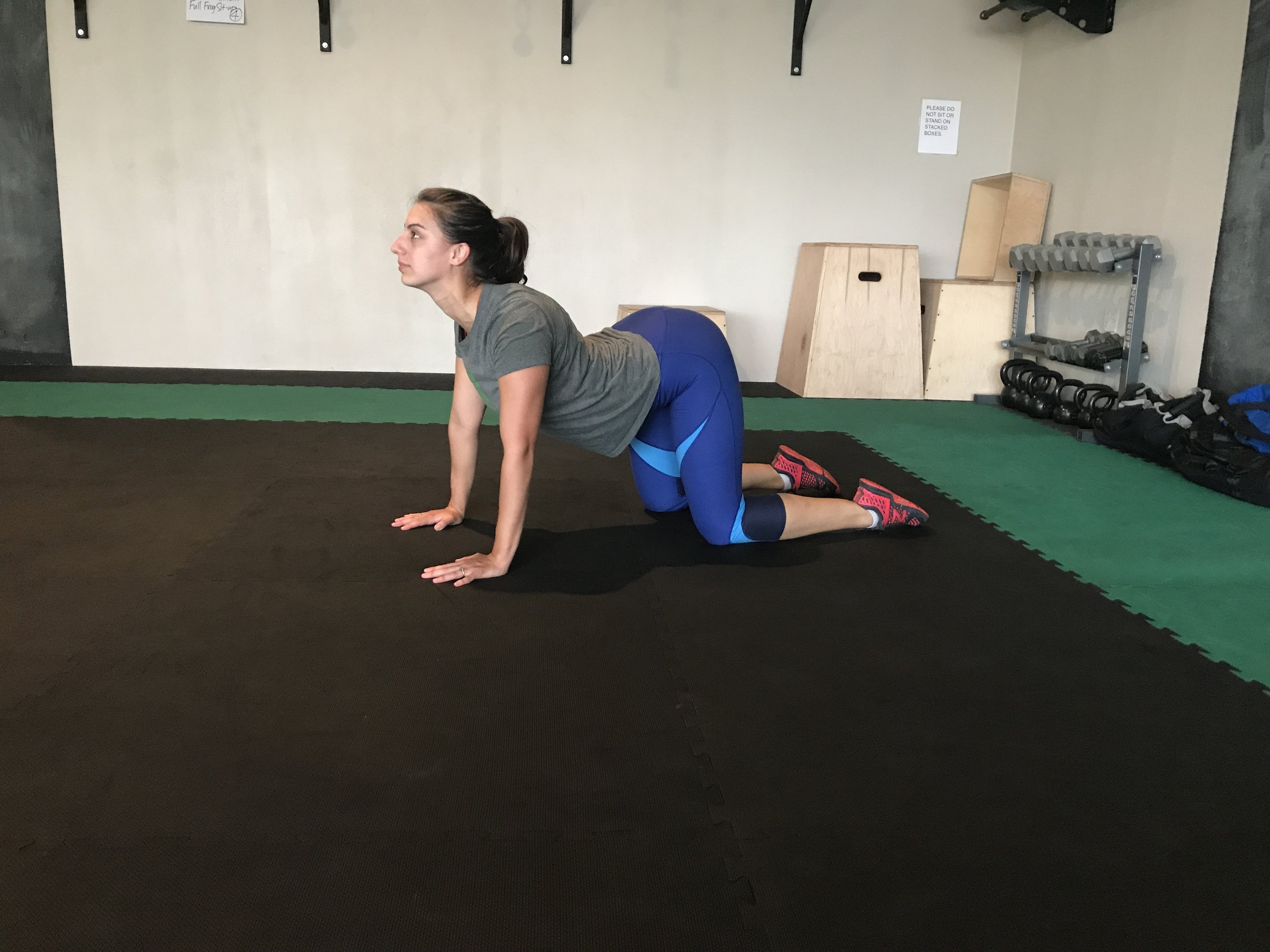Muscle of the Month: Latissimus Dorsi
By Sara Stevens
sara@spearsstrong.com
Ever wonder how your tight shoulders could possibly be related to your back pain? Or why you feel it in your sides when it’s your arms that won’t reach the floor during pullovers? Our lats are large muscles that connect directly to our hips, spine, arms and shoulders. They are powerful upper body movers and stabilizers and can influence movement in both our upper and lower body.
What is it?
Latissimus dorsi, or Lats for short, are a broad muscle that run diagonally from the waist to the arms. Lats attach to the spine, the ribs, and the hip. It runs into the thoracolumbar aponeurosis, which is a large, multi-layered sheet of connective tissue that connects several muscles and structures of the back and torso. It also attaches to the bottom of the scapula as it runs up and across the back to insert into the arm bone (humerus).
What does it do?
Lats are primarily responsible for moving the arm from the shoulder joint. It extends the shoulder (pulls the arm back), adducts the shoulder (brings the arm in toward the centerline of the body), and medially rotates the shoulder (turns the arm in toward the center of the body).
Because it is such a broad muscle, lats also can affect the spine and hips when the arm is fixed. Lats will assist with spinal extension (arching the bike like you would for “dog” of cats and dogs) and tilting the pelvis forward and back, during a movement where the arm is fixed, such as cats and dogs or pull-ups.
When do we use them?
We use lats to do pull ups, pullovers, inchworms, and bear crawl. We also use them to pull things out of the top cupboard, vacuum, weed whack, and wash the windows.
What happens when we don’t use it
Because lats cross over so many muscles, underuse can cause them to get sticky and stuck to those other muscles, restricting the ability to move. When they’re tight, we often have trouble keeping our arms straight while reaching up overhead, such as while doing overhead extension pullovers. We will often compensate for this by extending the spine or bending the elbows. Tight lats can also influence our walking/running gait and back mobility because they cross over so much of our back and attach to our spine and hips.
To make sure lats are staying loose and mobile, try this movement sequence a few times throughout the day


